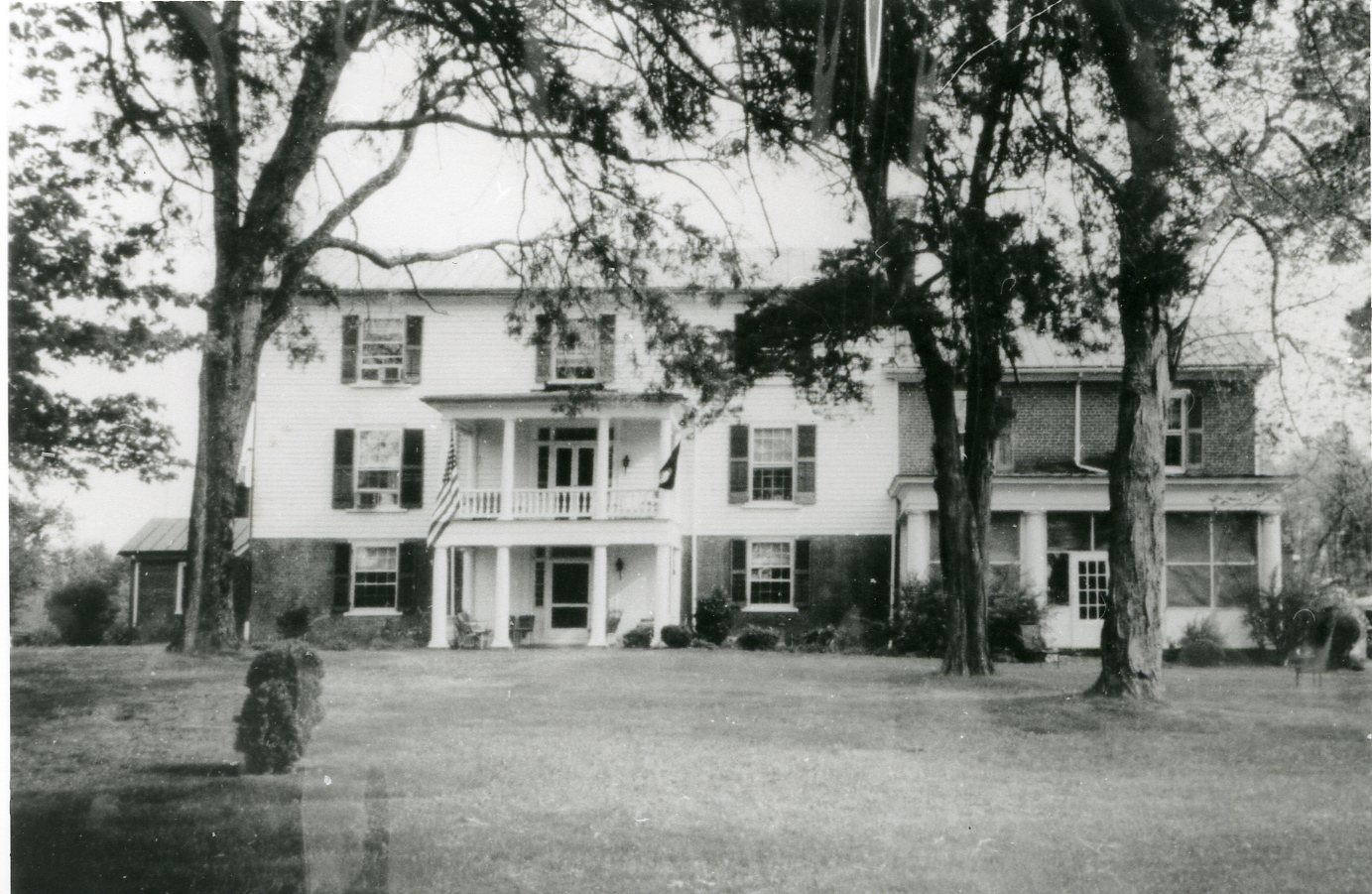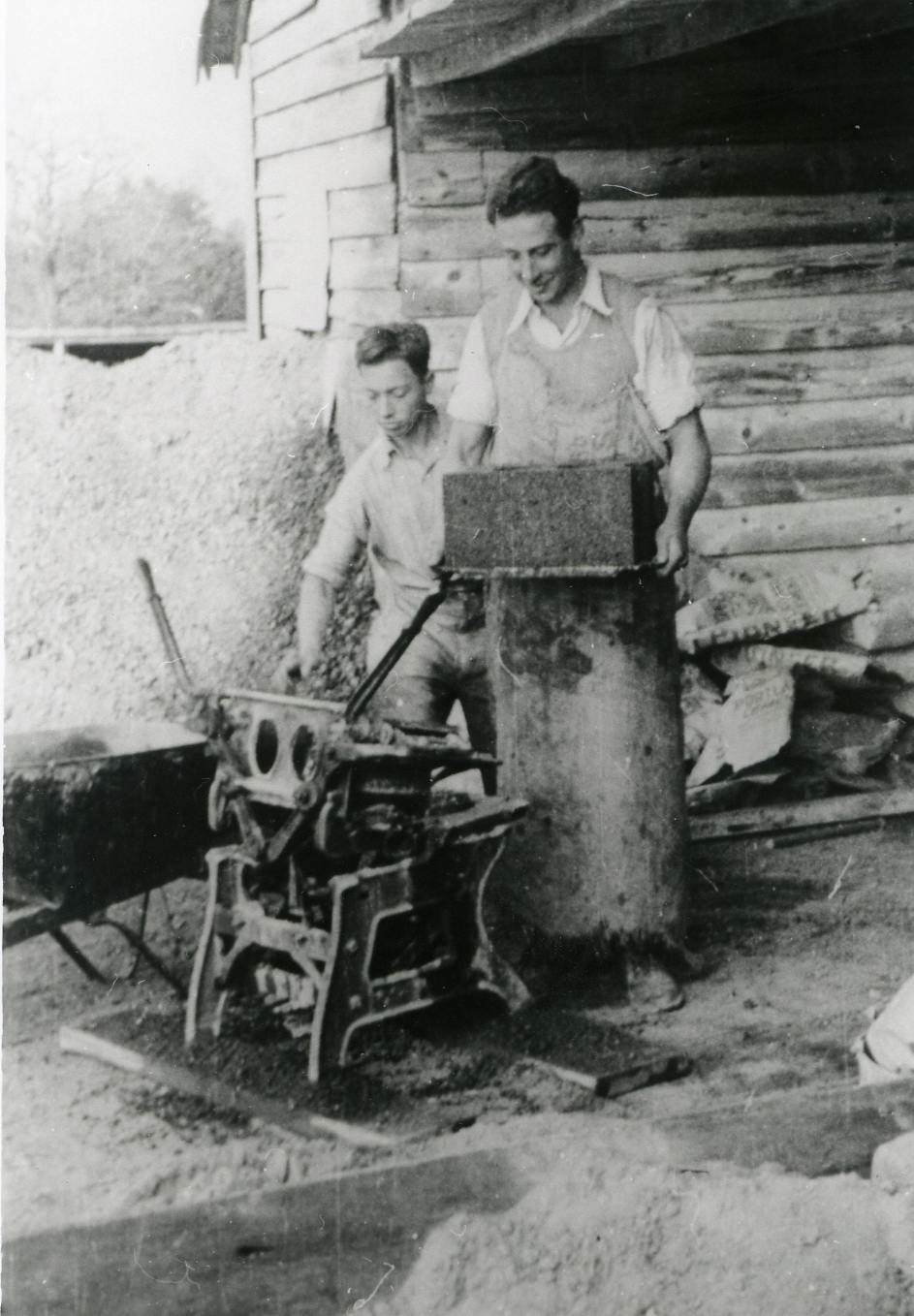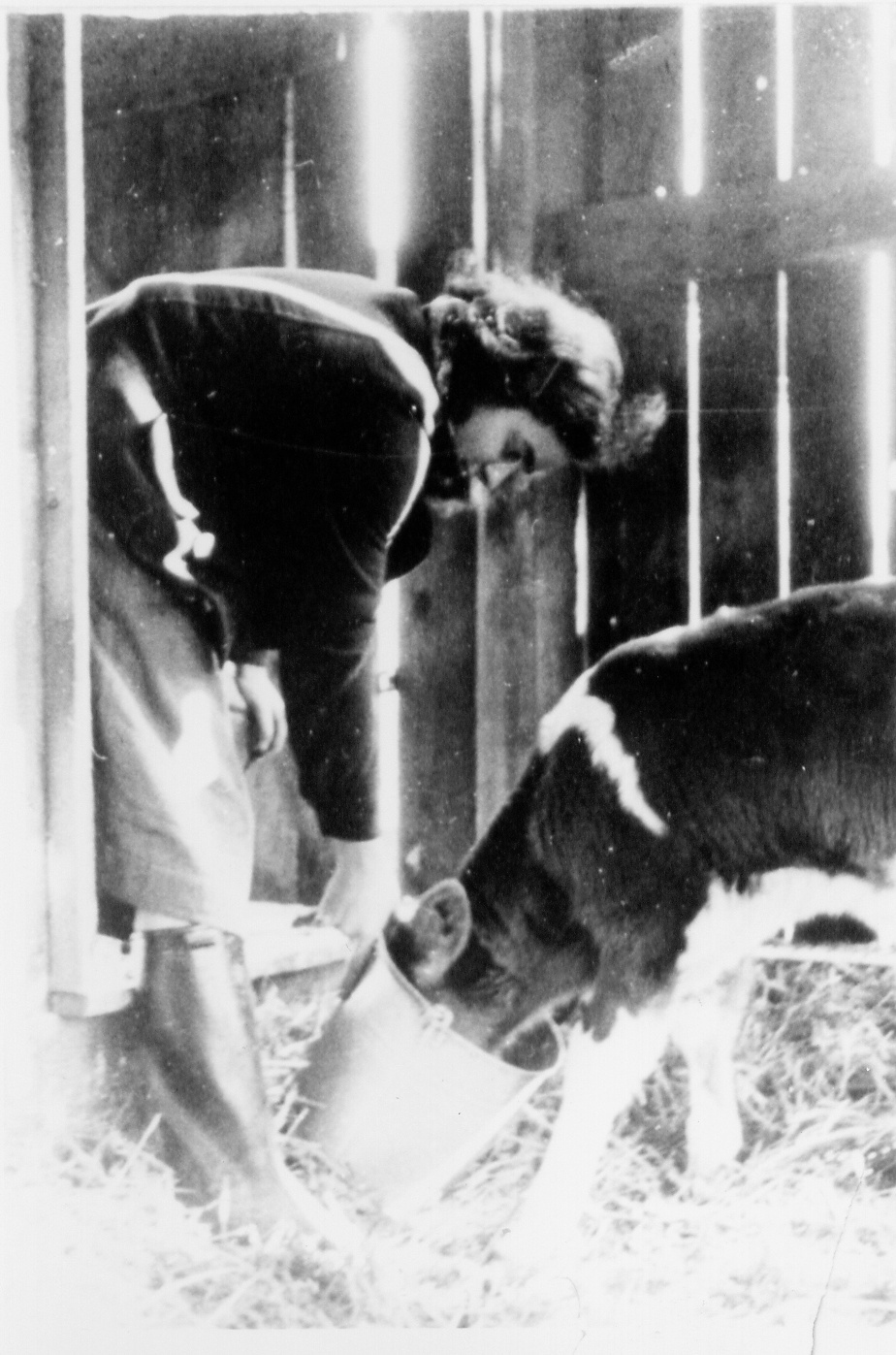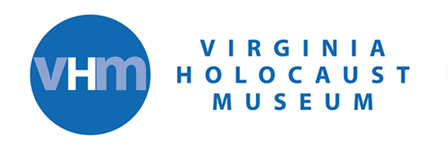May 25th, 2017–
While the Germans increased their restrictions on Jewish citizens in an effort to force them to leave the country, foreign governments continued to show no interest in taking in refugees from Europe. Though national reluctance to aid those in peril would continue throughout the war years, a few groups and individuals did attempt to assist Jews in coming to the United States.
The Kindertransport, an effort to bring Jewish children out of Europe and resettle them with English foster parents, was similarly duplicated in the United States in an effort now known as the One Thousand Children (OTC) program. The OTC, carried out through a variety of organizations and individuals, brought approximately 1400 children to the United States to live with foster families.
In Germany, Dr. Curt Bondy established a farming center in Gross-Breesen where he trained 200 Jews in the hopes they would be able to emigrate based on their knowledge of agricultural methods. To increase chances of emigration, Dr. Bondy established a partnership with two Richmond-area cousins Morton and William Thalhimer who purchased a 1600-acre farm in Burkeville, Virginia. The Thalhimer’s signed affidavits for some 30 Jews to relocate from Dr. Bondy’s farm in Gross-Breesen to southwest Virginia. By becoming landowners, they were able to circumvent the existing immigration quotas.

Hyde Farmland House in Burkeville, Virginia

Creating Cinder Blocks

Eva Loew Feeding Cow
The Virginia Holocaust Museum contains a number of collections related to Hyde Farmland and the Jews who immigrated through this process. An exhibit at the VHM, detailing this segment of the immigration issues of the time, includes an upright piano from the original farmhouse and a series of photographs from Eva Loew, featured here. A reunion of the surviving members of the Hyde Farmland project was held in 2004.
Other objects and record groups in our collection are available to view online! Click here to view.
